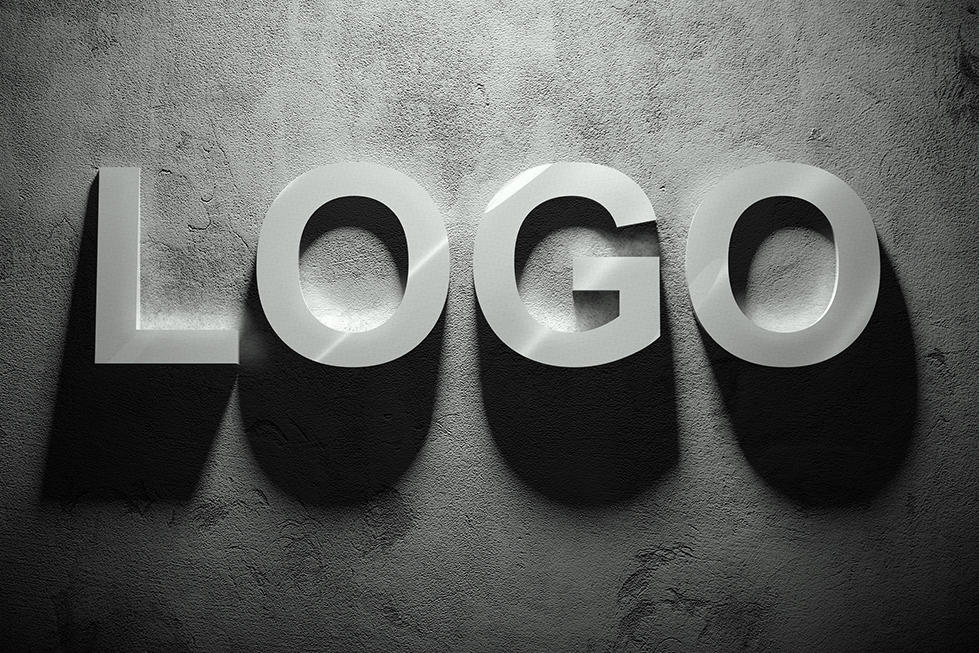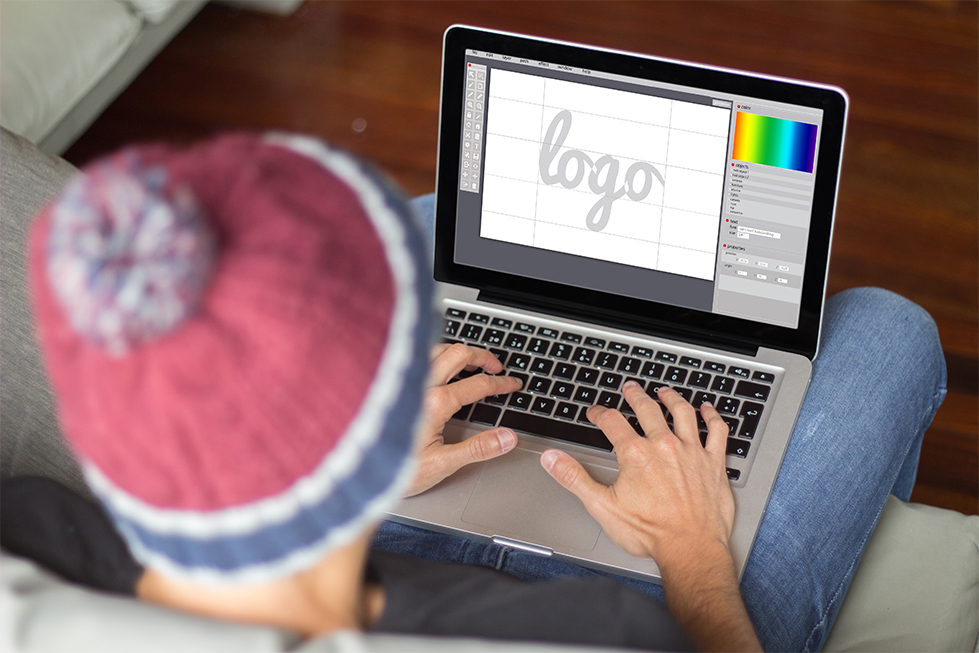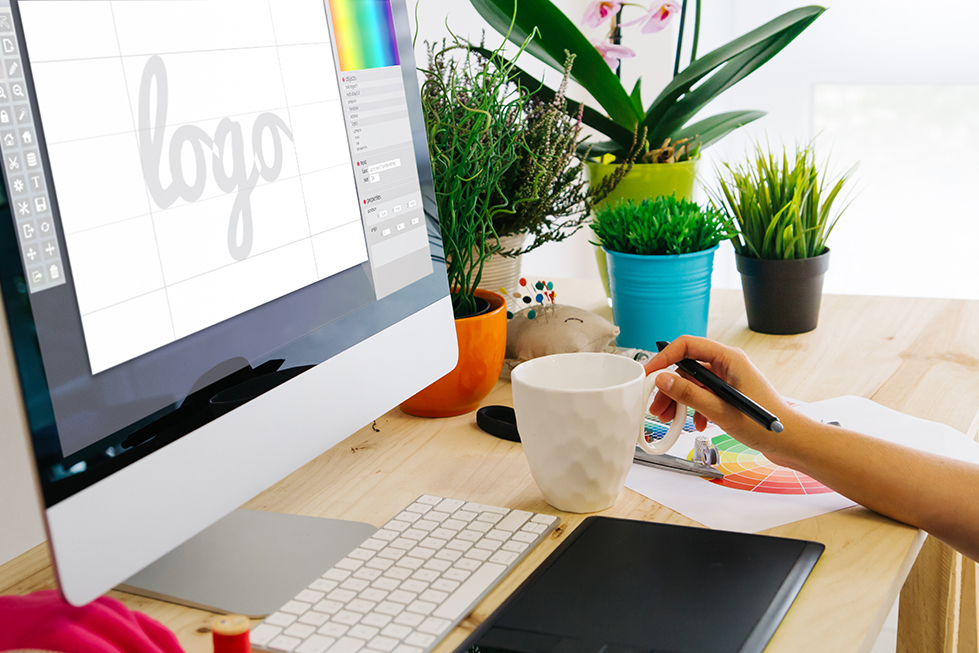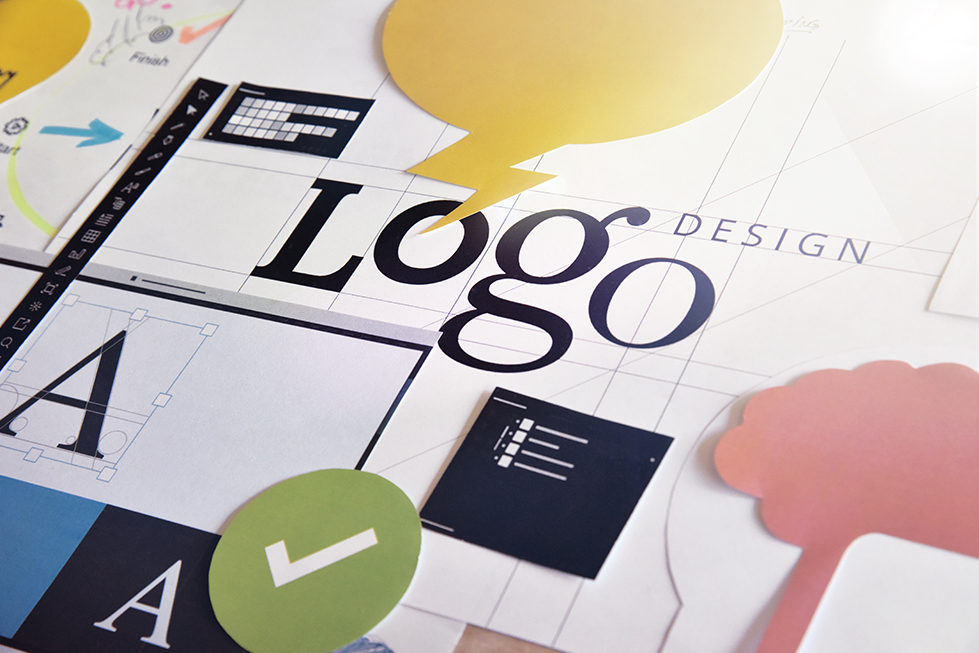What’s in a logo? If you’e lucky, a strong, clear brand message that can be instantly recognized, whether it’s printed on a t-shirt or splashed across a billboard.
However, it’s all too easy to let your logo design get cluttered, which muddles the message and turns what should be a powerful symbol into a blurry mess.

Graphic design programs give us the capability to squeeze endless amounts of text, colors, and gradients into an image — but that doesn’t mean we should. When it comes to logos, simpler is better. Here are the top design choices you should avoid when designing your business logo.
We’ve all seen logos that made us scratch our heads. Some are just confusing… what were they thinking when they designed the London Olympics logo? And when we look at major companies’ early logo versions, such as Amazon’s on-the-nose river graphic or Starbucks’ original naked siren, we can definitely see why the current versions are an improvement.
But what truly makes for a bad logo? Where do we draw the line between an effective symbol and a messy graphic? Sometimes, even a good concept can go terribly wrong. Here are 3 design choices that make business logos look ugly, cluttered, and ultimately impotent.

Random Shapes and Accents
When it comes to logos, less is more. There’s a reason that the Nike swoosh and the Amazon smile are globally recognizable. But if you try to toss curls, lines, and swirls into your logo without a good reason, you’re just distracting from your core message.
Avoid adding anything that doesn’t directly contribute to your logo’s message. Many designers add circles, underlines, swooshes, or dots because they think it will make the logo more “logo-y.” They don’t. They simply draw the eye away from the core imagery, which should be closely tied to the brand.
If you find yourself wanting to add more to a logo, ask yourself why. You may need to strengthen the core concept rather than adding fluff.

Long Phrases
Yes, it’s a good idea to include the business’s name in a logo, especially if it’s brand-new. And the tagline can be a good addition to that. Just look at how “eat fresh” plays right into Subway’s dynamic logo. That said, pictographic logos should be able to stand alone with no text. And stuffing too many words into a logo can make it hard to process.
If you must use words with your logo, keep it short. Make it possible to cut out the words if need be. And always design the text to be legible: no one wants to turn their head like an owl to try to read your circular or triangular text.
Drop Shadows
Years ago, someone decided that drop shadows were a good idea, and professional graphic designers have hated them ever since. They do very little to enhance a logo but a lot to make it hard to read and print. Drop shadows add unnecessary visual clutter, blur key images and words, and just generally look old-fashioned.
Our advice? Skip the drop shadows and choose a clean, flat design that looks good anywhere, print or digital. Even Google dropped the drop shadow from its famous logo. You should do the same.
Multiple Colors
If you look at the world’s most popular logos, you’ll see very few colors among them. That’s because, with the possible exception of Google, that rainbow color palettes are distracting. Humans actually respond very strongly to certain colors — it’s science. So when you let one or two colors dominate a logo design, you make more of an impact.
That’s why your logo design shouldn’t resemble a Monet painting. Don’t try to color each element a unique hue. It will quickly get messy and overwhelming. By the same token, don’t use gradients to try to sneak in more shades. The most effective logos use 3 colors, max, and let those colors express strong emotions. Just look at Target’s vivid red symbol or Pepsi’s two-color logo, as opposed to the original Amazon logo that looks like a child’s watercolor painting. (Seriously, look it up, it’s that bad.)

Too Many Symbols
Some logos are clearly trying too hard when a simpler image might suffice. We get it: it’s sometimes hard to concisely represent a brand without resorting to clichés. And while you don’t want to use a tooth for every dentist’s office or a flower for every gardening business, you also don’t want to stuff your logo with multiple symbols.
We’ve seen some designs in which the central image is surrounded by accessory symbols, randomly dropped into the logo like polka dots. We’ve seen designers try to squeeze multiple icons into a single design, making a weird collage effect rather than a compelling logo. The best logos have a singular image. If they do include multiple elements, they’re blended together seamlessly. Look at Baskin Robbins’ logo as a perfect example (the “31” for 31 Flavors is tucked inside the initials “BR”).
Wrapping Up
The best logos are clean, simple, and seamless. The more you add, the more you dilute the brand message. So if you find yourself trying to add graphic elements, words, or symbols to try to express that message, you probably need to revisit the core concept. Good logos don’t need to be explained or enhanced. They are powerful with minimal imagery. So, skip the design fluff and get straight to the heart of the brand.







